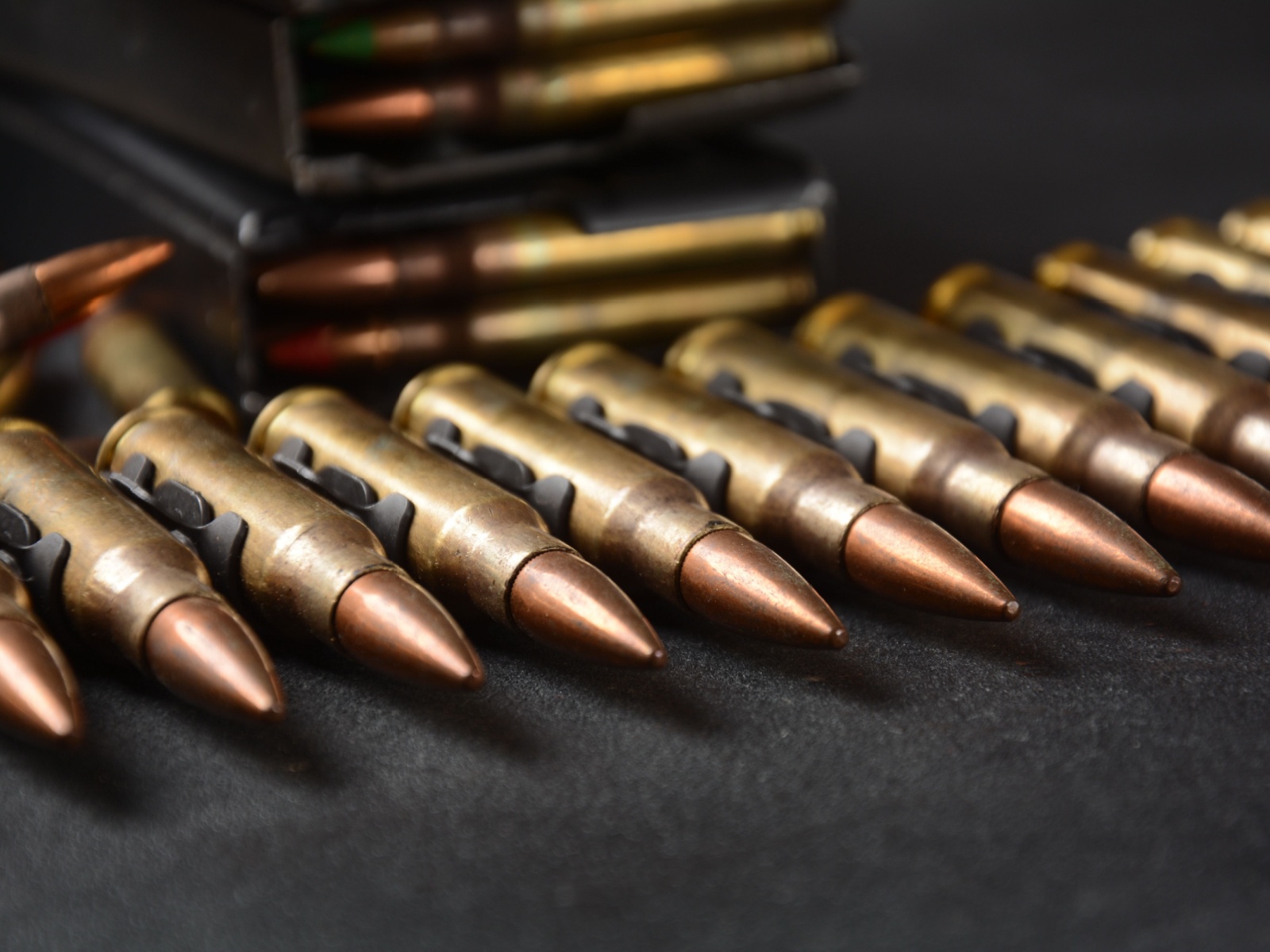MIL-STD-1647 Grenade Delay Fuze Function Test
The MIL-STD-1647 grenade delay fuze function test is a critical procedure that ensures the reliability and safety of military munitions. This standard, established by the United States Military, mandates comprehensive testing to verify that grenades meet the specified performance criteria during storage, handling, and deployment. The test focuses on the delay fuze mechanism, which plays a pivotal role in ensuring that the grenade does not detonate prematurely.
The delay fuze is designed with a specific delay time, typically ranging from 0.5 to 15 seconds, allowing the weapon system to be placed in position before initiating the explosion. This precise control over the timing of the detonation is crucial for mission success and operator safety. The test procedure outlined in MIL-STD-1647 ensures that the fuze operates as intended under various conditions, including environmental extremes and handling stresses.
The testing process involves several steps to simulate real-world scenarios. The grenade is subjected to a series of tests designed to replicate the conditions it might encounter during its lifecycle. These include:
- Drop Testing: The grenade is dropped from specified heights onto concrete surfaces to assess the fuze's resilience.
- Impact Testing: The grenade undergoes impacts with various materials to evaluate the fuze's durability.
- Environmental Exposure: The grenade is exposed to extreme temperatures, humidity, and other environmental conditions to ensure its reliability under varied circumstances.
The test results are meticulously documented and compared against the specified MIL-STD-1647 criteria. Any deviations from the expected performance parameters indicate potential issues that need to be addressed before the grenade can be certified for use.
Understanding the significance of this test is vital for quality managers, compliance officers, R&D engineers, and procurement personnel involved in military weapon systems. Ensuring adherence to MIL-STD-1647 standards not only enhances operational effectiveness but also contributes to the overall safety and reliability of military equipment.
Why It Matters
The reliability and safety of grenade delay fuzes are paramount in military operations. A malfunctioning fuze can lead to catastrophic failures, endangering both personnel and mission success. Therefore, adhering to MIL-STD-1647 is not merely a regulatory requirement but a critical aspect of ensuring operational readiness.
The standard's emphasis on thorough testing ensures that the delay fuze operates within its intended parameters under various conditions. This robustness is essential for:
- Reducing the risk of premature detonation during deployment.
- Increasing mission success rates by enhancing weapon system reliability.
- Maintaining operator safety through reliable performance in challenging environments.
The test results provide a clear assessment of the fuze's performance, offering valuable insights for continuous improvement. By adhering to MIL-STD-1647, manufacturers and procurement teams can ensure that they are delivering high-quality products that meet stringent military standards.
Applied Standards
| Standard | Description |
|---|---|
| MIL-STD-1647 | This standard specifies the testing procedures for grenade delay fuze function, including drop tests, impact tests, and environmental exposure. It ensures that the fuze operates reliably under various conditions. |
| ISO/IEC 8402:2015 | International standards on quality management systems provide a framework for ensuring consistent testing protocols across different laboratories. |
| ASTM E3097-16 | This standard outlines the procedures for drop and impact tests, which are critical in assessing fuze durability. |
| EN 2584:2009 | The European equivalent of MIL-STD-1647, ensuring compatibility with international standards. |
These standards collectively ensure that the testing process is conducted in a standardized and reproducible manner, enhancing the reliability and consistency of test results. Compliance with these standards provides confidence in the integrity of the testing process and the products being developed.
Quality and Reliability Assurance
The quality and reliability assurance processes for MIL-STD-1647 are designed to ensure that each grenade meets the stringent criteria set by this standard. This involves:
- Comprehensive Pre-Test Inspections: Each fuze undergoes a thorough inspection before testing to identify any potential issues.
- Calibration of Testing Equipment: All instruments used in the testing process are calibrated regularly to ensure accurate and precise measurements.
- Consistent Test Procedures: Following established procedures ensures that each test is conducted under identical conditions, enhancing reproducibility.
The results of these tests are meticulously documented and reviewed by a team of experts. Any deviations from the expected performance parameters are thoroughly investigated to identify root causes and implement corrective actions.
Continuous improvement efforts are integral to maintaining high-quality standards. Regular audits and feedback loops ensure that processes remain up-to-date with the latest industry practices and regulatory requirements. This commitment to excellence ensures that each grenade is reliable, safe, and effective in meeting its intended purpose.





